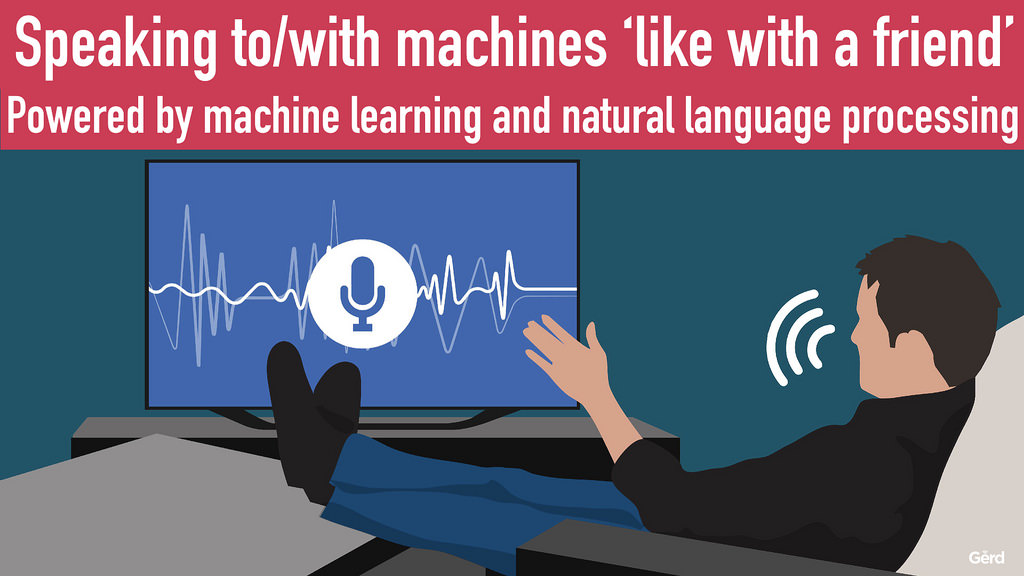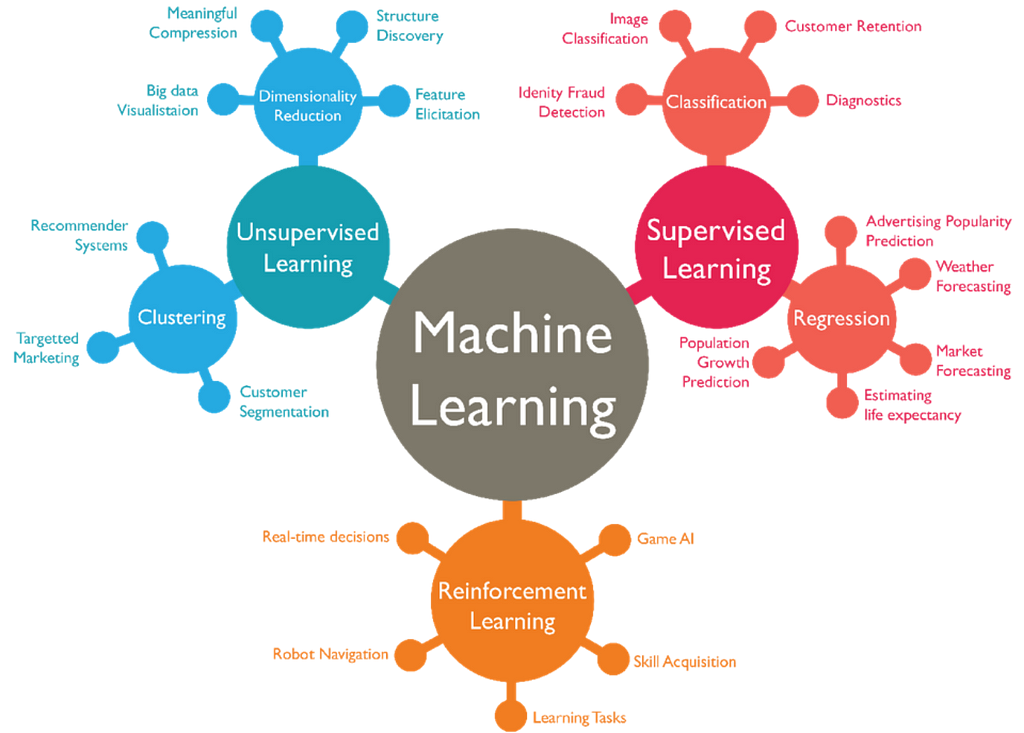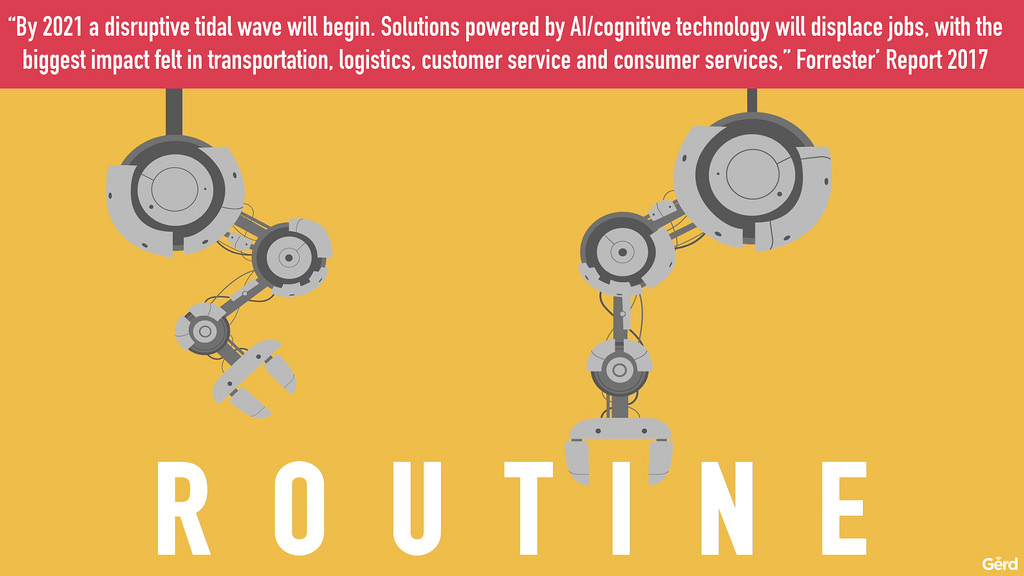Latest news about Bitcoin and all cryptocurrencies. Your daily crypto news habit.

The applications of machine learning have had a massive implication across all sectors and industries across the world. The most basic example of machine learning can be seen in the form of tailored recommendations in your favorite music streaming app or when you shop online on websites such as Amazon.
But how would you define machine learning? In a nutshell, machine learning can be defined as an amazing subset and application of artificial intelligence, which enables programs to modify their encoded algorithms automatically without a need for human intervention.
So, how does it work? While it may seem to be complicated on the surface but the concept of machine learning can be explained easily. Let me put it this way: The most basic AI programs generally require two major components, data structures, and algorithms.
While data structures can be changed by the AI or full stack developers as per the need, changing entire algorithms on which an AI-powered program works is a gruesome task. This is where machine learning comes in. Through machine learning, a program can change the way it performs an action- essentially modifying small parts of its own algorithms as per the data it uses.
This is how Google delivers news feeds that match your personal interests, how Amazon provides recommendations based on your shopping history, and how Spotify delivers music suggestions based on your listening history. Machine learning is the technology behind everything about these platforms we use in our daily lives.
According to the global leader in AI, Google, “Machine Learning is the future,” and the future of Machine Learning is going to be very bright. There was a time when people were not addicted to computers and machines. But it is partly due to the techniques put into practice with machine learning, that we could access relevant information so easily and in a way- become dependent on technology.
A senior research scientist at Google puts it this way: “Before internet technologies, if you worked in computer science, networking was some weird thing that weirdos did. And now everyone regardless of whether they’re a web developer or a custom software developer or a product designer or a CEO understands how internet connectivity shapes their product, shapes the market, what they could possibly build.”
While the basic forms of AI rely on the quality and structuring of data to simulate human intelligence, Machine Learning enables the programs to change their own algorithms (the set of rules which define its action), to fetch and use data to deliver precise outputs.
The function of machine learning is mostly focused on data structures and algorithms, but it is the way it can modify algorithms on a micro scale which allows it to offer more personalized mobile app development performance according to the interests of the user.
MACHINE LEARNING ALGORITHMS
There are basically three types of machine Learning algorithms:
1. The supervised Machine Learning algorithm
Supervised machine Learning is where we have both the input and output variable and an algorithm is used in order to predict the output variable.
2. Unsupervised Machine Learning
Unsupervised Machine Learning is machine learning algorithms where you have an input variable but, no output variables are there. It aims to use data structuring to organize data into groups in order to process data into relevant information.
There is hope to see improvements in unsupervised ML algorithms which will result in faster and smarter machine Learning predictions.
3. Reinforcement Learning
Reinforcement learning refers to the machine learning algorithms where an input variable is defined without an output variable, similar to supervised machine learning algorithms.
But instead of predicting a random way to deliver an output, reinforcement learning algorithms find the most suitable, efficient and rewarding way to solve problems. This is done by using the data generated by the program itself, which makes the process somewhat equal to how humans learn lessons from their own experiences.
Now, let’s shift our attention towards the various facts about the future of Machine Learning and how it changes the way devices function.1. Most applications will include Machine learning
With the passage of time, we will see that most applications and software would adopt machine Learning. So, that means more tailored recommendations, more binge-watching and perhaps, more addiction.
2. Improved Cognitive Services
The applications of machine learning here include a set of Machine eLearning Services like SDKs, APIs, etc. These services will help mobile app developers to make their applications act faster and smarter and grasp features like vision recognition, speech detection, and speech understanding. Prime examples of these are already visible in the form of services such as Google Assistant and Amazon Alexa.
3. Automation will replace human workers, or perhaps compliment them.
The applications of machine learning are increasingly used and accepted across various industries. This is a clear indication that the future of everything, even software product development itself, could become largely automated. However, it is still a long stretch to say that they will replace human workers, as developments in machine learning are still in its nascent stages, and deep learning is not as widely applicable just set.
FUTURE APPLICATIONS OF MACHINE LEARNING
1. Machine Learning in education
The applications of machine learning in education will help teachers to know how much students are able to absorb the lesson, what is their outcome and what is their status regarding the learning.
Think of it this way: If personalized recommendations on websites can make buyers happy with more valuable (subjectively, at least) purchases, then personalized learning and education through ML would enable students to find their passion at a much younger age.
2. Machine learning in Digital Marketing
This area could be said the best platform where Machine learning ideas can serve widely. The applications of machine learning in digital marketing will help the companies to interact with their customers with relevant messages at the relevant time.
Search engine optimization, or SEO, one of the crucial aspects of digital marketing itself deals with the understanding of ML algorithms with power the google search engine. It’s perhaps one of the few cases where humans (digital marketers) have to adapt themselves at AI instead of it being the opposite way.
Machine Learning ideas will force SEO and content marketers to optimize content as per new ML-powered search methods such as voice search.
3. Machine Learning in Healthcare
The application of machine learning in healthcare software development would help doctors provide an accurate diagnosis of their patients. Advancements in ML would allow patients to send real-time health reports to the doctor at the comfort of their homes.
Final words
Of course, ML alone won’t be enough for such advancements. It is the amalgamation of machine learning with other technologies such as IoT app development and chatbot development, which will ultimately help us build the utopian world we dream of when considering the profound applications of machine learning.
What is the Future of Machine Learning? was originally published in Hacker Noon on Medium, where people are continuing the conversation by highlighting and responding to this story.
Disclaimer
The views and opinions expressed in this article are solely those of the authors and do not reflect the views of Bitcoin Insider. Every investment and trading move involves risk - this is especially true for cryptocurrencies given their volatility. We strongly advise our readers to conduct their own research when making a decision.


